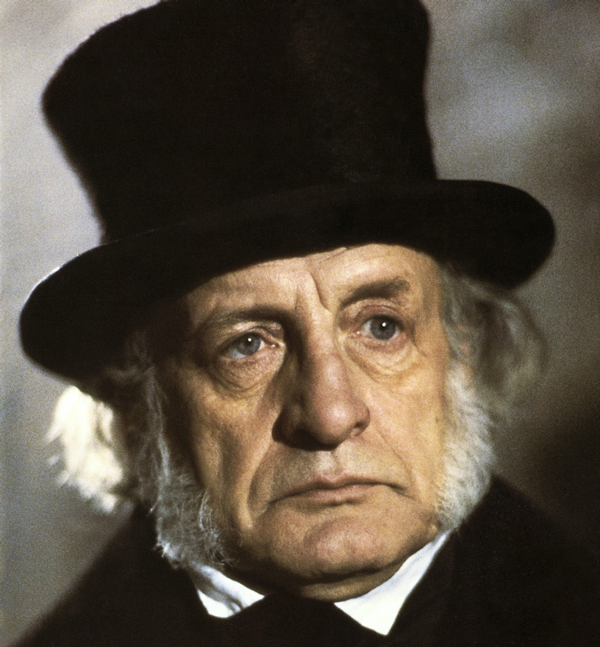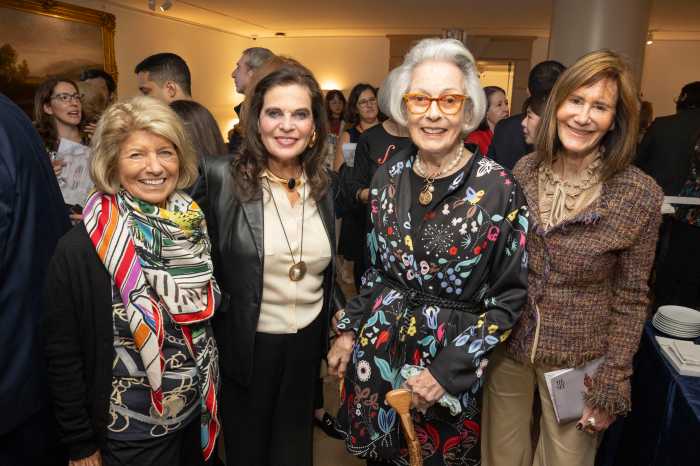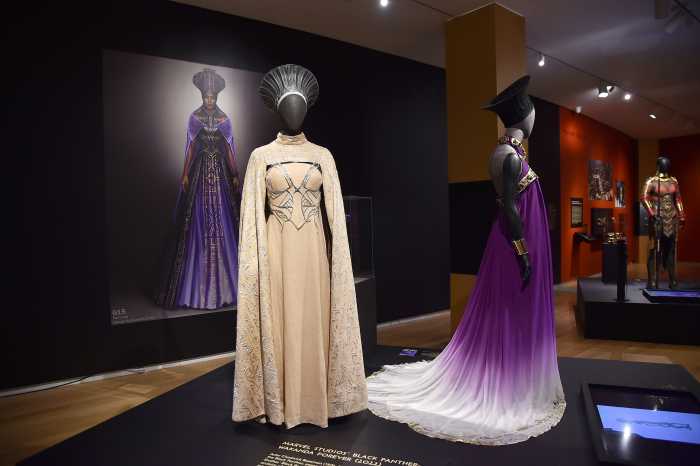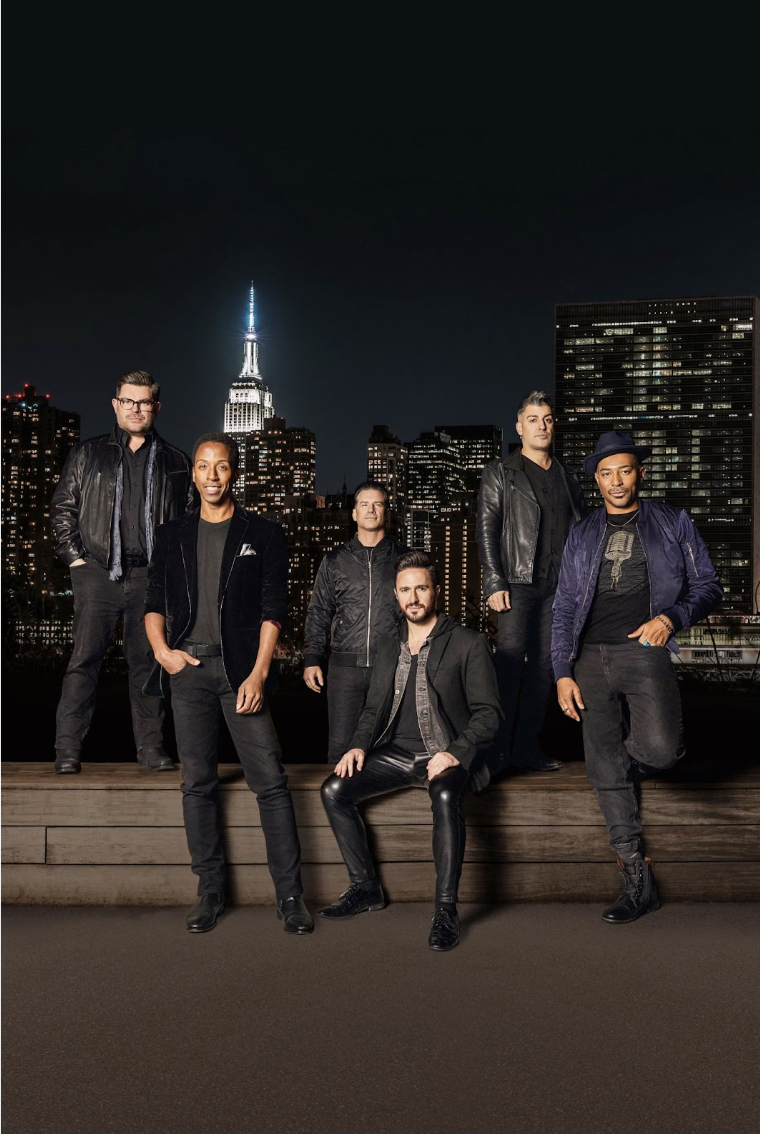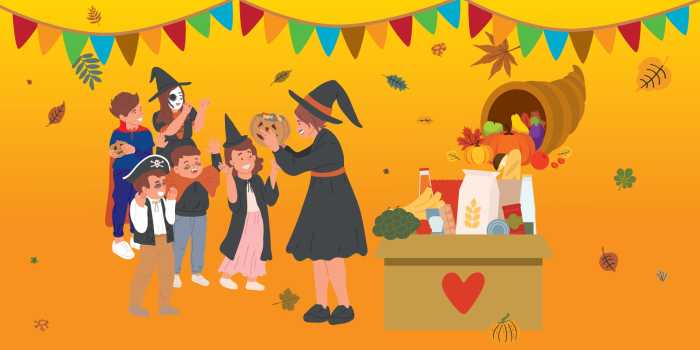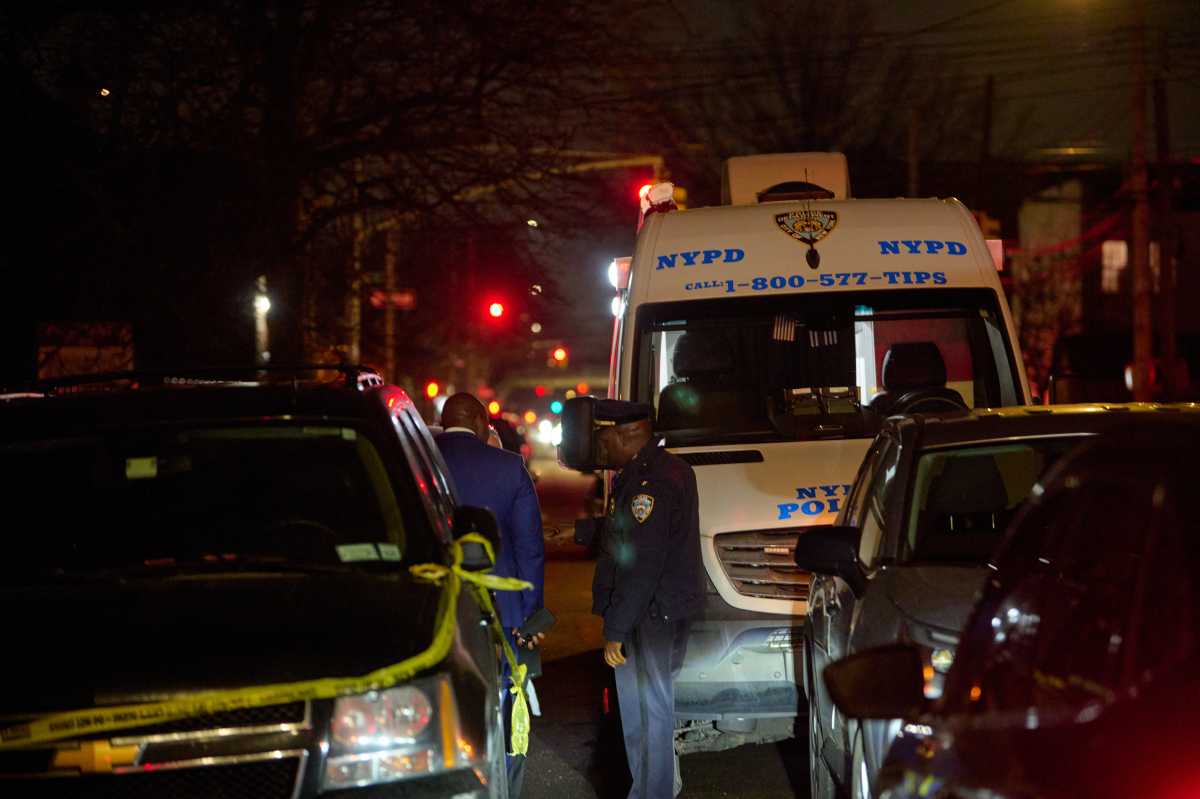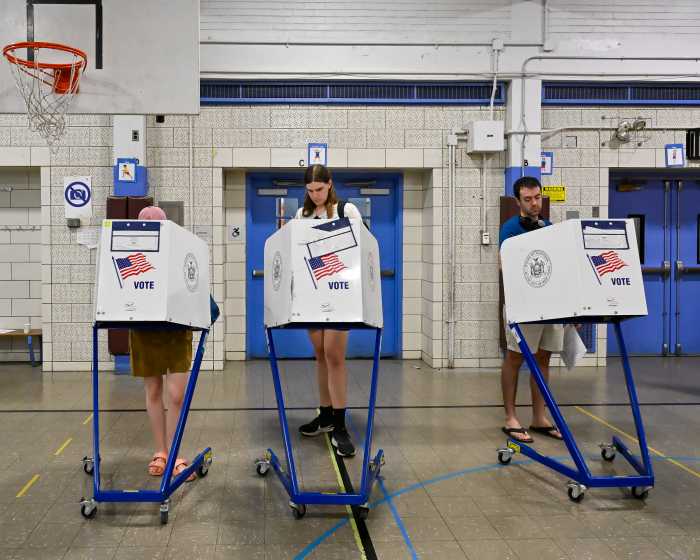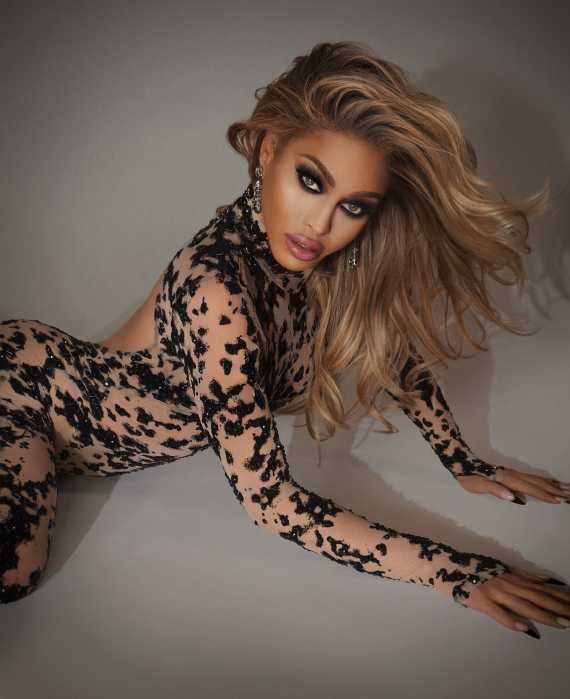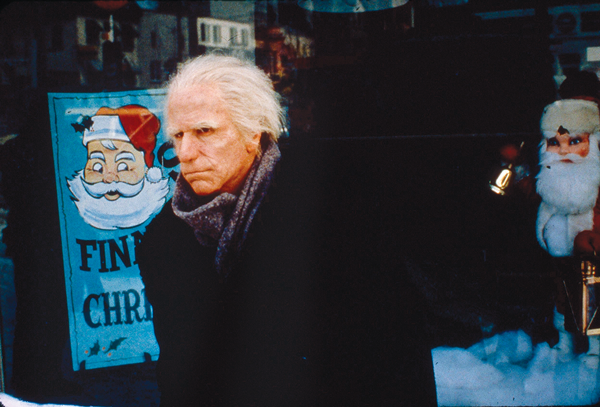
BY TRAV S.D. (travsd.wordpress.com) | It won’t be news to readers of this publication that in 2014 there are so many film and television versions of Charles Dickens’ 1843 tale “A Christmas Carol,” we could fill the entire newspaper.
Countless actors have essayed the role of Ebenezer Scrooge, chewing scenery like so many Christmas chestnuts. Among them: Lionel Barrymore, Alistair Sim, Reginald Owen, Albert Finney and Patrick Stewart. But with so many scores of straightforward adaptations to choose from, it can make your head spin. Better to artificially restrict the pool somewhat. That’s why, for this Yuletide season, I offer up this list of (Some of the) More Non-Traditional Versions of a Christmas Carol.
“A CAROL FOR ANOTHER CHRISTMAS” (1964)
This is an all-star production created by Rod Serling, as some sort of tribute to the United Nations. It is a fairly incoherent Cold War updating of the parable starring Sterling Hayden as the Scrooge figure, whose crime is he doesn’t want to pay taxes that will go to international aid and defense! Propaganda FOR taxation — whoo boy — it’s been a LONG time since we’ve heard that! Also in the cast: Pat Hingle, Steve Lawrence, Peter Sellers and Britt Ekland.
“RICH LITTLE’S CHRISTMAS CAROL” (1978)
A cringe-inducing font of embarrassment, leaning heavily on a laugh track in a story that is largely not supposed to be a comedy. Little’s out-of-date impressions of 1930s celebrities were like a portion of gruel to be choked down by 1978. In 2014, it’s like looking at archival footage of an old sleigh wreck. In this HBO comedy special, he plays all the parts as different movie stars, with W.C. Fields as Scrooge. Thirty seconds was enough for me to want to step out the window — and unlike Jacob Marley, I can’t fly!
“AN AMERICAN CHRISTMAS CAROL” (1979)
We watched this one with great interest when I was a kid. Henry Winkler, in full ham actor mode, was eager to prove that he could be more than just The Fonz. But The Fonz was so indelible, you would watch these performances and go, “Look at him try to not be The Fonz!” What makes this little TV movie interesting is that it is set in America during the Great Depression, which is an apt transposition. With no “safety net” yet in place, the poor were just as in need of generosity as were the inhabitants of Dickens’ England.
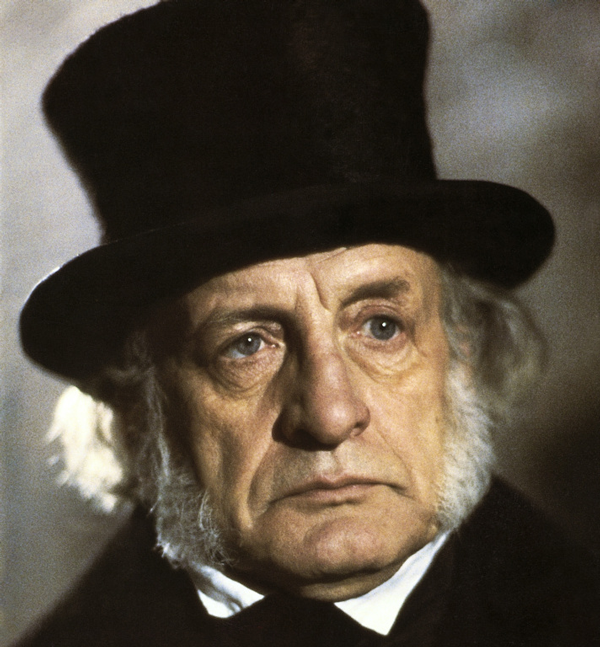
“A CHRISTMAS CAROL” (1984)
Who radiates unapproachable nastiness better than George C. Scott? When this TV movie version of the familiar TV was announced it provoked the cry from me, “Oh, forbear, spirits!” By that late date, the market would seem already to have been glutted. But as it happens, Scott managed to pull off a minor Christmas miracle precisely by NOT being the Scrooge from central casting. Rather than being a cartoonish Englishman snarling “Bah! Humbug!,” Scott gave a subdued, tasteful, human performance, winning many critical plaudits for his new twist on an old warhorse.
“A FLINTSTONES CHRISTMAS CAROL” (1994)
Yabba dabba don’t!
“EBBIE” (1995)
“Queen of Mean” soap opera star Susan Lucci shows “you’ve come a long way, baby” by proving that lady executives can be just as mean as men in this made-for-TV movie. Lucci has the dubious distinction of being the first female Scrooge, or SCRILF.
“MS. SCROOGE” (1997)
Cicely Tyson is the first black woman in the role as one “Ebenita” Scrooge (The first black man was of course Redd Foxx in the “Christmas Carol” episode of “Sanford and Son”). Dubious progress perhaps, but at least it was a better gig for the Oscar nominated actress than “Madea’s Family Reunion.”
“EBENEZER” (1999)
This is a Canadian version of the tale set in the Old West with a wizened, murderous Jack Palance in the title role. I would not recommend begging for charity at THIS Scrooge’s office.
“A CHRISTMAS CAROL” (2009)
Perhaps the acme of repugnant obnoxiousness: Jim Carrey in a “motion-capture animated” 3-D version for Disney, with additional voices by Cary Elwes, Gary Oldman, Robin Wright Penn, and others Bob Hoskins. The film is terrifying for all the wrong reasons — for here not only are the ghosts horror-inducing, but so are all the characters, through this chilling, soulless digital process. And now we know we have reached the end of the line, when all of the characters in a Christmas story have essentially been replaced by robots!



